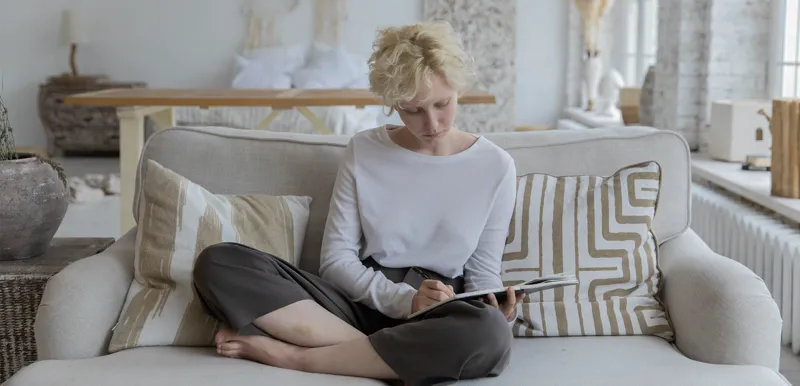
What is a limited partnership
Find out everything you need to know about a limited partnership, including what a limited partnership is, how to start one, which taxes you need to pay and how to do your accounting.
What is a limited partnership?
A limited partnership has at least one ‘general partner’ and one ‘limited partner’. A partner can be a person or a company. Each type of partner has separate responsibilities.
General partners have more responsibilities in the business. They are liable for any business debts, control and manage the business, and can make binding decisions. General partners are also responsible for registering the business with Companies House, for VAT and for Self Assessment. They also have to act for the business if it is wound up or dissolved.
Limited partners contribute money to the business when it is set up, and are only liable for debts up to the amount they contributed. It’s important to know that the original contribution can’t be removed from the business. They also can’t manage the business, unlike a general partner.
What’s the difference between a limited partnership, an LLP and a partnership?
In an LLP the members aren’t personally liable for business debts if their business can’t pay them. In a partnership, they are personally liable. In a limited partnership, only general parters are liable for all business debts, while limited partners are liable for debts up to the amount they contributed to the company.
Like in all types of partnership, each member will pay tax on their share of the profits using their Self Assessment tax return.
What is an authorised partnership?
An authorised partnership acts as an authorised contractual scheme (ACS). It is only a general partner who can apply for this. You can get more information on authorising a limited partnership from The Financial Conduct Authority (FCA). A general partner will also need to let HMRC know if the partnership is authorised.
When a partnership becomes an ACS, any money or property is managed on behalf of the partners. They will co-own the assets, but they only pay tax on their share of the profits, not Corporation Tax.
How to start a limited partnership
To set up a limited partnership, you need to:
- Choose a business name
- Have a registered address (this will be publicly available)
- Appoint general and limited partners
- Register the business with Companies House
- Agree how profits will be distributed
You also have responsibilities to inform Companies House of any changes to the limited partnership, including:
- Registered address
- Registered name
- Type of business activities
- Changes to partners, including partner details, new partners, liability, and amounts contributed by them
- Closing the business
What tax do I pay in a limited partnership?
Self Assessment
Both general and limited partners need to register individually for Self Assessment and submit Self Assessment tax returns.
Find out more about Self Assessment tax returns here
National Insurance contributions
Each member is also responsible for making their National Insurance contributions. You pay your National Insurance as part of your Self Assessment tax return.
Find out more about National Insurance contributions here
VAT Return
If your company has an annual turnover of over £85,000 the general partner will need to submit a VAT Return in compliance with Making Tax Digital.
Find out more about Making Tax Digital
Do your accounting with Bokio
Bokio is a simple way to do your accounting, invoicing and more online. Our software takes you through the process step by step, with time saving features like automated bank feeds, smart bookkeeping templates and integrated invoicing. If you need help with your accounting, you can invite your accountant or colleagues to work together in Bokio.

